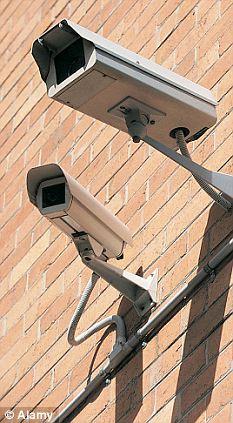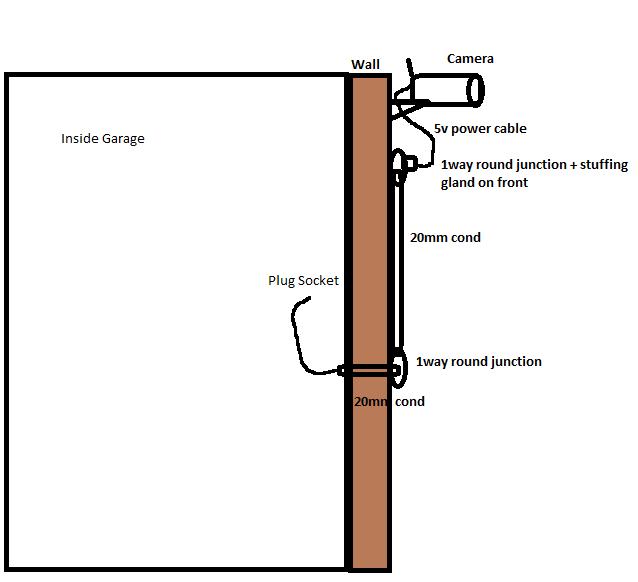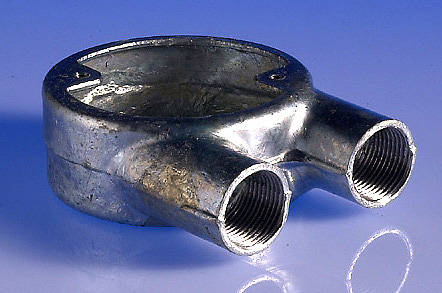Hi, just a quick question.
I'm setting up a external wireless IP camera, which requires 5v power.
As I don't have a socket close, I need to run it in conduit. This will come from inside the garage and up about 1.5m and exit the conduit.
I will be feeding it directly through the wall in 20mm conduit, into the back of a 1 way round junction box, up another length of conduit into another 1 way round junction box.
I would then like to bring the cable out the front of the junction box, which will then go to the ip camera. But how?
Thanks,
Adam
EDIT:
Ok, so after more searching it appears you can exit the cables via flexy conduit to the back of a camera. Like this:
As the conduit will end at the back of the camera, and not gland into it in anyway, how would I made the conduit water tight? Tape?
Or is there a totally different way?
Thanks
I'm setting up a external wireless IP camera, which requires 5v power.
As I don't have a socket close, I need to run it in conduit. This will come from inside the garage and up about 1.5m and exit the conduit.
I will be feeding it directly through the wall in 20mm conduit, into the back of a 1 way round junction box, up another length of conduit into another 1 way round junction box.
I would then like to bring the cable out the front of the junction box, which will then go to the ip camera. But how?
Thanks,
Adam
EDIT:
Ok, so after more searching it appears you can exit the cables via flexy conduit to the back of a camera. Like this:
As the conduit will end at the back of the camera, and not gland into it in anyway, how would I made the conduit water tight? Tape?
Or is there a totally different way?
Thanks




